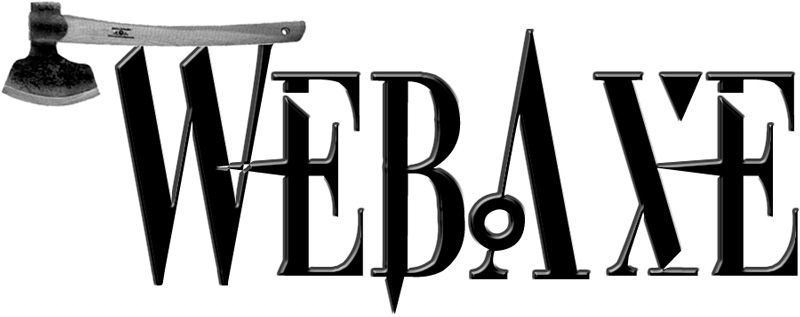Dennis and Ross are back! It’s been a while since the last podcast, and the guys catch up on events, news, and lots of great things happening with accessibility on WordPress.
Download Web Axe Episode 96 (WordPress, Events)
New Song!
So besides a new website, there’s a new Web Axe theme song! The vocal track isn’t added yet, so this episode will have an instrumental version.
The original WebAxe Theme Music is composed and produced by Jeff Ensign a.k.a. Evolution Noise Slave. Check out his work at glafizya.com.
Goings On
- New website! Blogger bad, WordPress good.
- Ross’ book update; almost done!
- Presented “Intro to Web Accessibility” at Accessibility Camp LA.
- Presented at HTML5 Developer Conference in SF on ARIA and dropdown widget.
- Presented (virtually) at a11yBos.
- Wrote an open letter to Slideshare; received response!
- Pro HTML5 Accessibility book review.
News
- HTML5 main element
- main element HTML5 draft spec
- The main Element article by filament group
- HTML5 Structural Elements with ARIA Landmark Roles (diagram by Dennis on Flickr)
- Longdesc saved?!
- Proposed longdesc spec: HTML5 Image Description Extension, W3C Editors’ Draft 16 November 2012
- NVDA now supports Longdesc
WordPress
- Blaskan theme. Dennis working with author.
- Two important plug-ins:
- used are WP Accessibility by @JoeDolson.
- WP-Accessible Twitter feed by Rian Rietveld.
- Cities project by Joseph O’Connor (@accessibleJoe).
- Make WordPress Accessible discussion on WordPress.org
Links
- Using ARIA to Enhance Web Application Accessibility from WebAIM at AHG12.
- Web Accessibility Law in Higher Education – about Section 504, 508 and ADA.
- Browser text sizing options mapped to percentage increases WebAIM forum.
- Salesforce.com Accessibility and Assistive Technology Survey
- Why Ems? by Chris Coyier.
Events
- Accessibility Camp Montreal (A11yMTL), free event November 23.
- Web Accessibility Techniques and Testing, December 5 in Canberra, Australia.
- Making a Measurable Difference with Accessible Instructional Materials, free webinar December 11.
- The Status of Accessibility in Mobile Devices, free webinar December 11.



